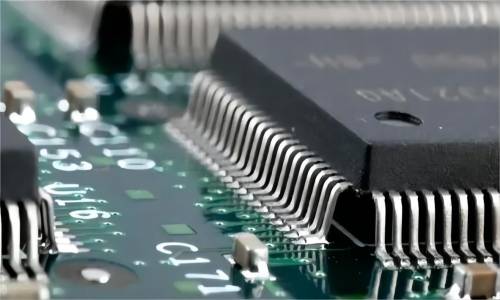Standard through hole dimensions for PCB
Standard through hole dimensions play a crucial role in the design and manufacturing of printed circuit boards (PCBs). These dimensions determine the size and placement of holes that are required for various components and connectors on the board. In this article, we will explore the different aspects of standard through hole dimensions for PCBs, including hole size, drill tolerance, pad size, and more.
1. Hole Size
In PCB design, hole size refers to the diameter of the drilled hole. The hole size is determined based on the component lead or pin diameter that needs to pass through. Standard hole sizes typically range from 0.25mm to 6.5mm, depending on the requirements of the component. For smaller components, such as resistors or capacitors, hole sizes between 0.25mm and 0.4mm are commonly used. Larger components, such as connectors or transformers, may require hole sizes between 1mm and 6.5mm.
2. Drill Tolerance
Drill tolerance refers to the allowable deviation in hole size during the PCB manufacturing process. It is necessary to consider drill tolerance to ensure that components fit properly and that there are no assembly issues. The standard drill tolerance for PCB manufacturing is ±0.05mm, meaning the actual hole size can deviate up to 0.05mm from the specified size. However, in some cases, tighter tolerances may be required for high-density PCBs or specific applications.
3. Pad Size
The pad size determines the area of copper pad around the hole where the component lead or pin will be soldered. The pad size should match the component lead diameter to ensure proper solder joint formation. The pad size is typically larger than the hole size to provide sufficient space for soldering. The recommended pad size for standard hole sizes is calculated using various factors, including the annular ring width, component lead diameter, and soldering requirements.

4. Annular Ring
The annular ring is the copper area around the hole that connects the pad to the rest of the copper trace. It is an essential feature for ensuring reliable electrical connections. The width of the annular ring depends on the drill diameter and the desired clearance between the hole and the copper trace. A wider annular ring is generally preferred to ensure better reliability and to compensate for any misalignment during the manufacturing process.
5. Copper Clearance
Copper clearance refers to the distance between the edge of the drilled hole and the nearest copper trace. It is necessary to maintain a sufficient clearance to avoid any electrical short circuits. The recommended copper clearance is usually specified by the PCB manufacturer and depends on the board's complexity, density, and electrical requirements. Typically, a minimum clearance of 0.1mm is recommended to prevent any unintended electrical connections.

6. Hole Aspect Ratio
The hole aspect ratio is the ratio between the hole's depth and diameter. It is an important consideration for PCB fabrication. Higher aspect ratios can make hole drilling more challenging and may increase the risk of broken drill bits or misalignments. The recommended hole aspect ratio generally depends on the manufacturing capabilities of the PCB manufacturer and the type of material used. A rule of thumb is to keep the aspect ratio between 8:1 and 12:1 to ensure successful fabrication.
Conclusion
Understanding the standard through hole dimensions for PCBs is crucial for designing reliable and manufacturable boards. The correct selection of hole size, drill tolerance, pad size, annular ring, copper clearance, and hole aspect ratio ensures proper component placement, soldering, and electrical connections. By following these standard dimensions, PCB designers and manufacturers can ensure the quality and functionality of the final product.
Send PCB Files to Sales@ucreatepcba.com, We Will Quote You Very Soon!



